What Pezeshkian's visit signals for Iran-Pakistan ties
Visit comes at a pivotal moment, as Iran resets after its conflict with Israel, and Pakistan navigates shifting regional alliances
Azhar Khan
Producer, Karachi Desk
Azhar Khan is a journalist with over 14 years of experience across print, electronic, and predominantly digital media. He has recently held key editorial roles at leading media organizations.

Just weeks after the Middle East teetered on the edge of another war, Iran’s President Masoud Pezeshkian has arrived in Pakistan- not as a warning, but as a gesture
Touching down in Lahore on Saturday, Pezeshkian begins his first official foreign visit since taking office, signaling Tehran’s intent to strengthen regional ties following its deadly exchange with Israel in June.
The two-day visit comes at a delicate moment for both countries: Iran is recalibrating after the conflict, and Pakistan is walking a diplomatic tightrope between old loyalties and emerging realities. With meetings lined up with Prime Minister Shehbaz Sharif, President Asif Ali Zardari, and Pakistan’s military and business elite, Pezeshkian’s visit is being closely watched, not just for what is said, but for what it signals about the future of regional diplomacy.
Ali Sarwar Naqvi, Pakistan's former ambassador to the US and founding executive director of the Centre for International Studies, told Nukta that “the Iranian president’s visit to Pakistan is of very high importance as this is the first visit of Mr. Masoud Pezeshkian, and a follow-up to his predecessor Ibrahim Raisi’s visit. As close neighbors, it is a continuation of high-level interaction between the two countries.”
He added that the timing - just weeks after the Iran-Israel conflict - is significant: “It demonstrates Iranian interest in consultations with Pakistan for coordination of policies for regional peace and stability. In the June hostilities, Pakistan had condemned unprovoked Israeli attacks and supported Iran’s right to develop its nuclear program in accordance with the NPT (Nuclear Non-proliferation Treaty) and IAEA (International Atomic Energy Agency) Statute.”
Naqvi said the visit would also focus on aligning regional strategies regarding Afghanistan and combatting cross-border terrorism, “areas essential for the common security of both countries.”
It also marks the most consequential bilateral engagement since the crisis erupted on June 13, when Israeli airstrikes targeted suspected Iranian nuclear sites. Iran’s unprecedented response - a barrage of missiles and drones breaching Israeli defenses and striking civilian and financial targets - raised fears of a broader regional war and forced world powers to rush toward ceasefire negotiations.
Pakistan maintained a careful neutrality throughout the conflict. While condemning Israel’s actions, it avoided antagonizing regional allies like Saudi Arabia and the UAE, both of which have deepened ties with Tel Aviv in recent years. Foreign Minister Ishaq Dar praised Iran’s openness to diplomacy, contingent on a halt to Israeli aggression, while Pakistan’s envoy to the UN invoked Iran’s right to self-defense under Article 51 of the UN Charter.
That support hasn’t gone unnoticed in Tehran.
During a meeting with Sharif at a summit in Azerbaijan, Pezeshkian thanked Pakistan for its “vital role” in easing tensions. Now, the reciprocal visit is being framed as more than diplomatic formality. According to Mehdi Sanai, the Iranian president’s political advisor, the agenda spans trade, border security, and economic cooperation - all areas where both nations see room for tangible progress.
The visit also builds on a series of earlier diplomatic engagements. In May, Sharif traveled to Tehran as part of a regional outreach effort to thank allies for their support during Pakistan’s conflict with India.
During the trip, he met with Pezeshkian and other top Iranian officials to reinforce bilateral cooperation. That came just weeks after Sharif had also attended the memorial ceremony of former Iranian president Ebrahim Raisi, where he met Iran’s Supreme Leader Ayatollah Ali Khamenei. Together, the back-to-back visits signal an emerging rhythm of high-level diplomacy between the two neighbors driven by both urgency and opportunity.
A regional reset or realpolitik?
Beyond pleasantries, the timing of Pezeshkian’s trip underscores Tehran’s intent to consolidate ties with friendly Muslim neighbors in the face of ongoing Western isolation and regional unpredictability. For Pakistan, it presents both an opportunity and a challenge: how to reaffirm solidarity with Iran while delicately managing its own balancing act in a region increasingly defined by rival blocs.
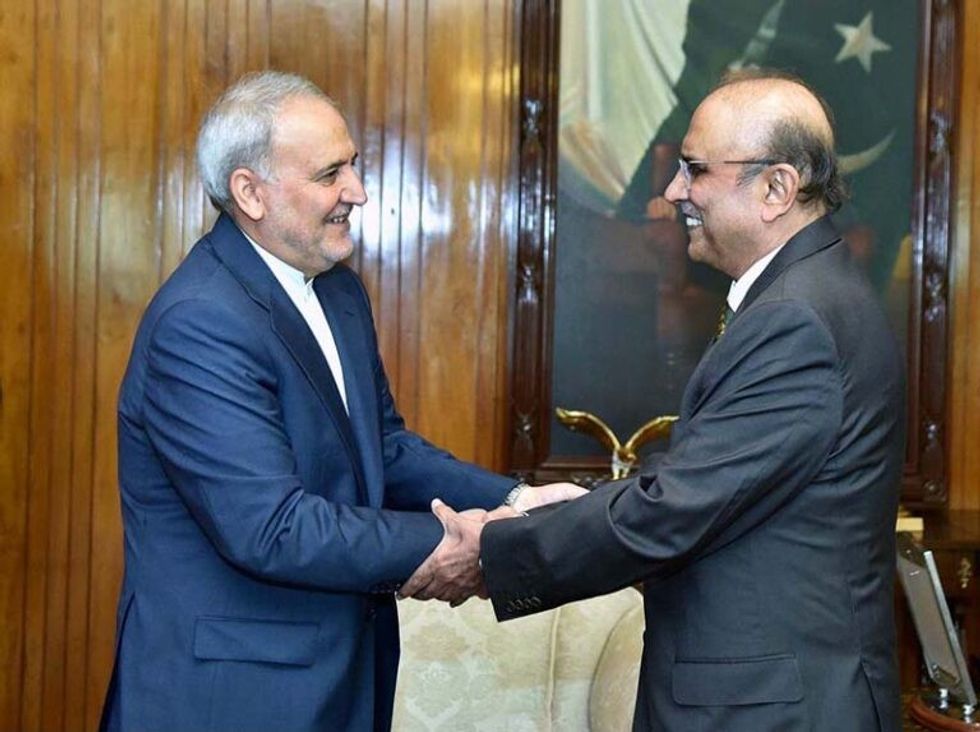
Aizaz Ahmad Chaudhry, former foreign secretary of Pakistan, said the visit’s significance goes beyond symbolism.
“It comes in the wake of the 12-day Iran-Israel war and the 4-day Pakistan-India conflict. In both these limited wars, Iran and Pakistan stood out for their robust response to aggression. So I think there is a sort of camaraderie between the two,” he told Nukta.
He noted that Iran may have recognized Pakistan as a steadfast partner: “Iran has seen that Pakistan stood by it politically and morally, including at the UN Security Council. Any space that India might rush to take in Iran to use against Pakistan will likely be denied now, and that could have a salutary effect on Pak-Iran ties.”
At stake is not just the usual slate of bilateral projects. Iran and Pakistan share a 900-kilometre porous border that has seen intermittent security flare-ups, human trafficking, and militant incursions.
Pezeshkian’s visit is expected to address ongoing coordination efforts on border management, particularly after several recent joint security operations and the reopening of key border markets.
“There is also a need for coordinated policy on Afghanistan and the elimination of cross-border terrorism,” said Naqvi. “Pakistan firmly believes such coordination is essential for the common security of both countries.”
The economic dimension
There’s also the economic side of diplomacy. Bilateral trade currently hovers around $3 billion annually - a figure both sides hope to boost despite the limitations posed by international sanctions on Tehran. Energy cooperation, including electricity supply to Balochistan and stalled plans for a gas pipeline, may also feature in discussions, though progress will hinge on whether Pakistan can find room to maneuver without provoking U.S. sanctions.
Chaudhry emphasized the untapped potential of cross-border commerce. “Economic cooperation is another area where these two countries have had limited success due to US sanctions. Border markets are one domain where we must do everything possible to increase trade volumes. That would not only help the economy but also directly benefit people in Balochistan.”
The personal dynamics between the two leaders may also shape outcomes. Pezeshkian, a cardiac surgeon turned politician, is seen as a reform-minded moderate with a technocratic approach. Sharif, in his second stint as premier, has sought to position Pakistan as a responsible regional player willing to mediate conflicts rather than inflame them.
The official itinerary also includes engagements with business and cultural leaders, underlining the intent to diversify ties beyond security and geopolitics. Iranian officials have repeatedly emphasized the “civilizational links” between the two countries, citing shared religious heritage and centuries of cross-border movement of ideas, trade, and people.
Yet, the broader question remains: can this visit lead to a substantive recalibration in regional diplomacy or will it remain another symbolic photo-op in a cycle of cautious engagements?
For now, the optics suggest both sides are willing to bet on proximity, history, and shared interests - even if the road ahead remains riddled with caution signs.


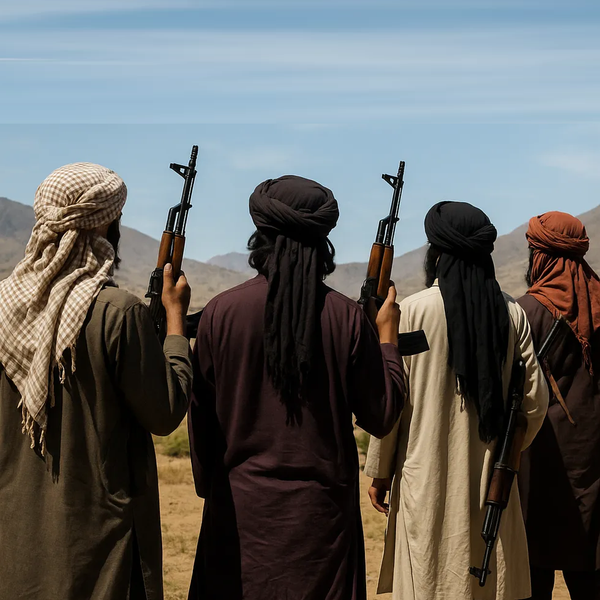

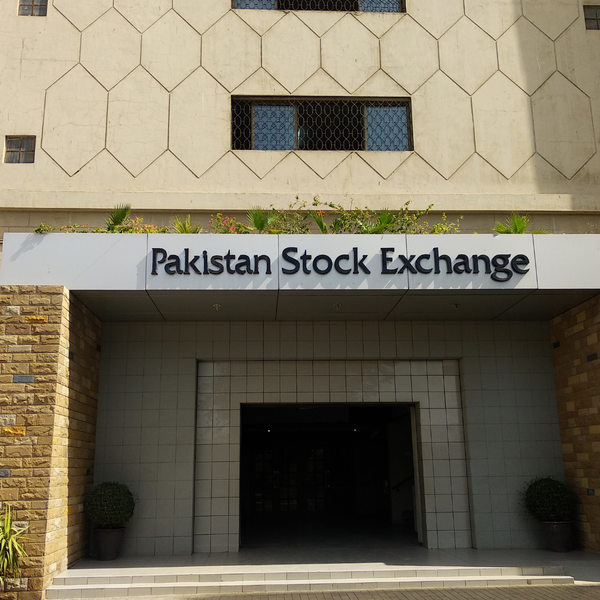

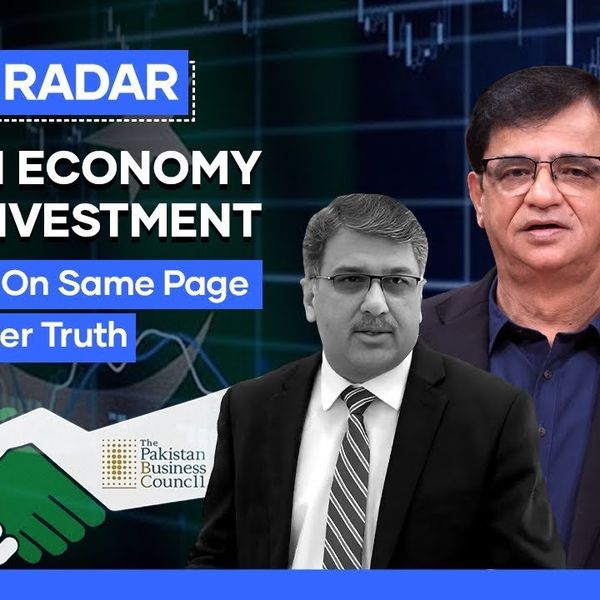
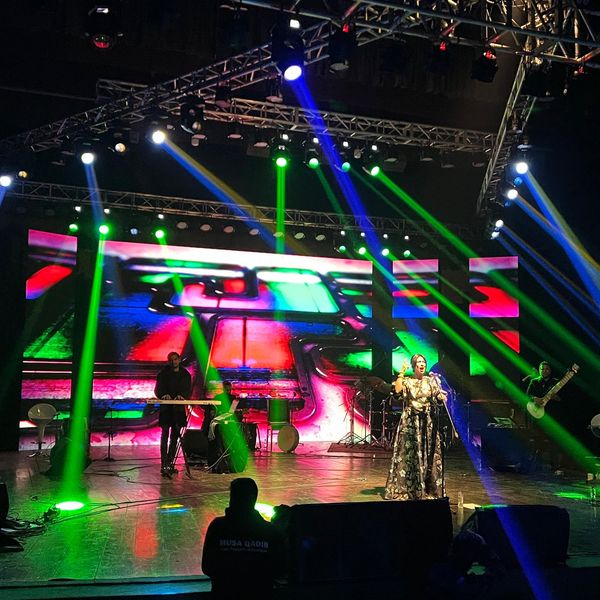


Comments
See what people are discussing